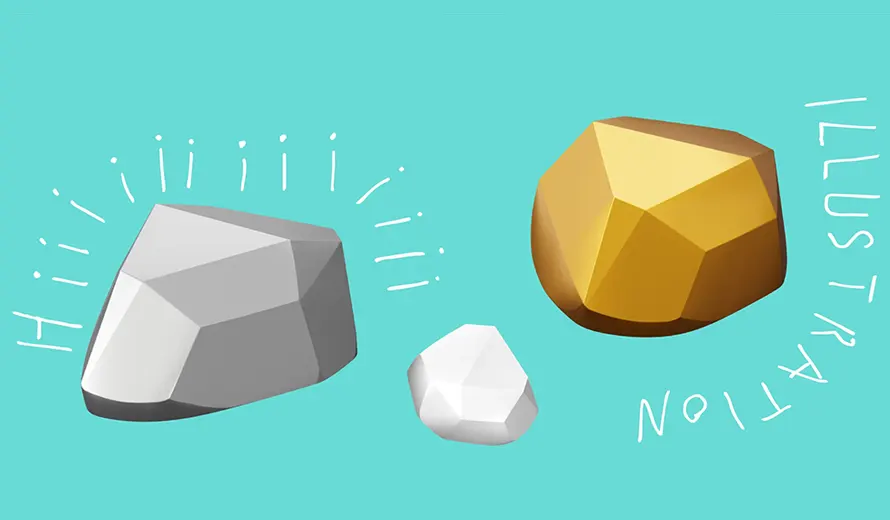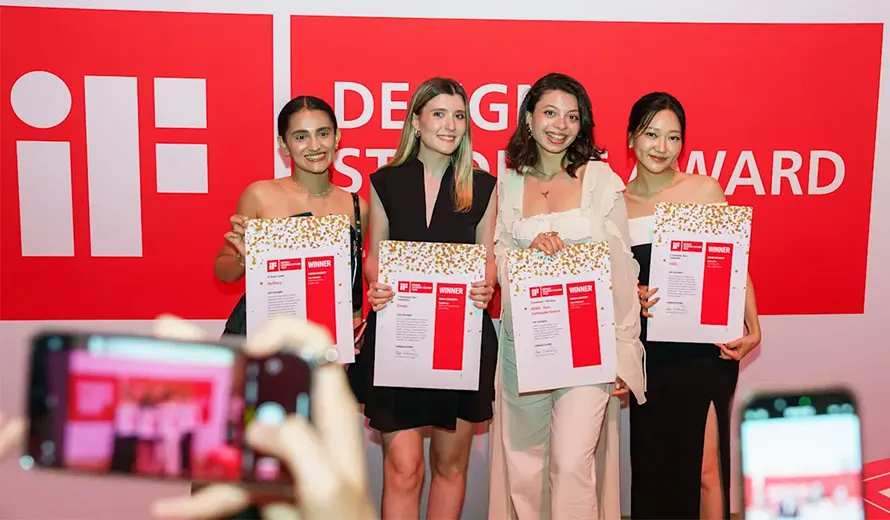NSS Space Settlement Contest 2021

NSS Space Settlement Contest 2021 now is over!
The NASA Ames Space Settlement Contest 2021 is now opened for entries seeking for designs, original research, essays, stories, models, artwork or any other orbital space settlement related materials, invites students around the world to participate.
Short description
The National Space Society (NSS) recently has announced its NASA Ames Space Settlement Contest 2021 inviting all students around the world up to 12th grade (18 years old) to participate.
Space settlements are permanent communities in orbit, as opposed to living on the Moon or other planets. The work of Princeton physicist Dr. O’Neill and others have shown that such colonies are technically feasible, although expensive. Settlers of this high frontier are expected to live inside large air-tight rotating structures holding hundreds, thousands, or even millions of people along with the animals, plants, and single celled organisms vital to comfort and survival. There are many advantages to living in orbit: zero-g recreation, environmental independence, plentiful solar energy, and terrific views to name a few. There is plenty of room for everyone who wants to go; the materials from a single asteroid can build space colonies with living space equal to about 500 times the surface area of the Earth.
Whay should settlements be in orbit? Mars and our Moon have a surface gravity far below Earth normal. Children raised in low-g will not develop bones and muscles strong enough to visit Earth comfortably. In contrast, orbital colonies can be rotated to provide Earth normal pseudo-gravity in the main living areas.
Contest submissions may include designs, original research, essays, stories, models, artwork or any other orbital space settlement related materials may be submitted. Students can design entire colonies or focus on one aspect of orbital living. A class or school may submit a joint project where small teams tackle different areas in a coordinated fashion. For example, consider a cross curriculum project where science classes design the basic structure and support systems, art students create pictures of the interior and exterior, English students write related short stories, social studies students develop government and social systems, Industrial Technology builds a scale model, and the football team proposes low-g sports.
Guidelines:
➜ Submissions must relate to free space settlements. Settlements may not be on a planet or moon, although support activities such as mining may be. Settlements must be permanent homes, not temporary work camps. Submissions may focus on one or a few aspects of space settlement and supporting systems, including mines, activities leading up to settlement (such as space hotels), economic and social issues, etc.
➜ Submissions should not be longer than 50 pages unless it is essential to explain the work. The project must consist of 1-10 pdf or jpg files (usually just one). Each may be no larger than 24 MB.
➜ If your entry is longer than 5-10 pages, consider including a one page executive summary on the best features of your entry. Be sure to include original ideas, major focus, and any parts particularly well done in the executive summary. This will help the judges find the best parts of your entry.
Categories are:
• 7th grade and younger
• 8th grade
• 9th grade
• 10th grade
• 11th grade
• 12th grade
Additional categories based on artistic and literary merit are also included in the contest.
All entries that are not excluded for plagiarism will be judged by one or more judges on their merits.
The National Space Society (NSS) invites all 2021 contest participants to attend the NSS 2021 International Space Development Conference (ISDC) in Sheraton Gateway, Los Angeles, 27–30 May 2021.
There is no entry fee to participate!
Who may enter?
This annual contest is for all students at up to 12th grade from anywhere in the world. Individuals, small teams of two to five, and large teams of six to twelve are judged separately. No more than 12 students on a project.
Teachers are welcome to make this contest part of their lesson plan. Students outside the science classes is welcome to participate as well.
Prize:
The highest ranking attending entry will receive the Herman Rubin Award of $5,000 and give a plenary talk at one of the conference’s signature events. All participants will receive a NASA certificate. The best submission will be placed on the contest’s official website.
Entry fees:
There is no entry fee to participate!





